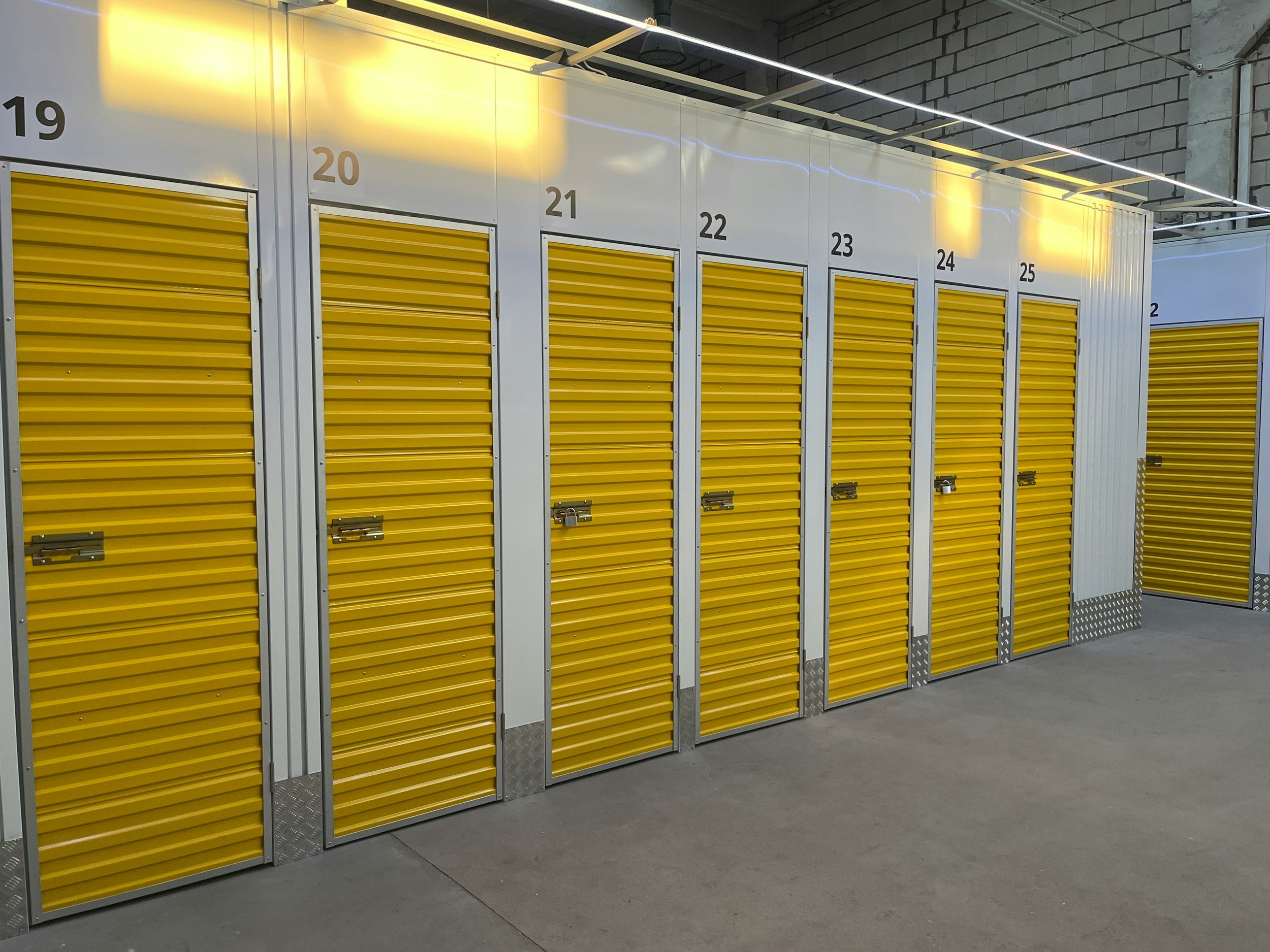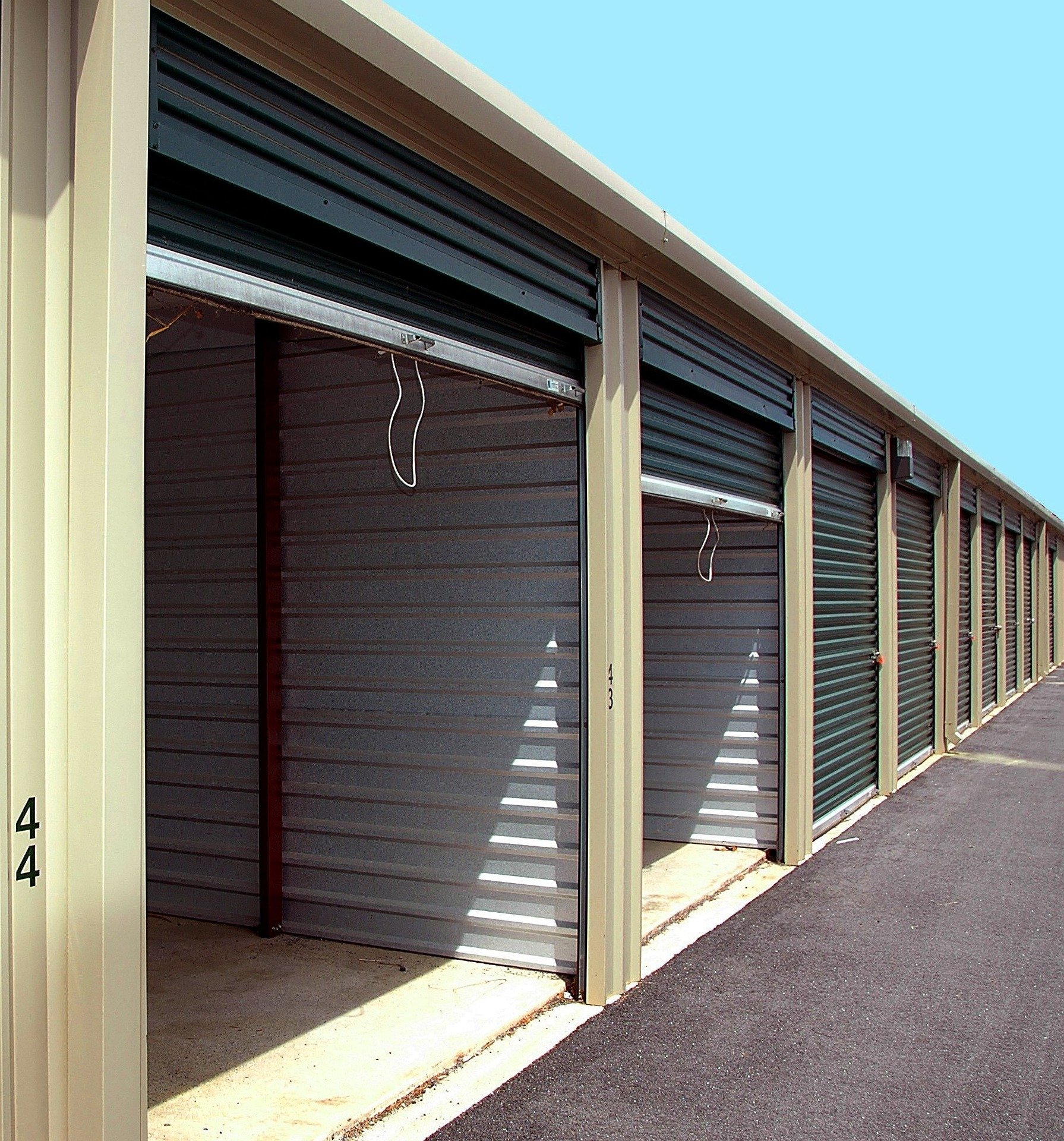How to Optimize Warehouse Storage for Efficiency and Security
Maximize efficiency and protect your assets with smart warehouse storage strategies. Learn how to improve organization, safety, and workflow.
The foundation of any successful business operation lies in efficient warehouse storage—a critical factor that influences everything from daily productivity to long-term profitability.
How to Optimize Warehouse Storage for Efficiency and Security
The foundation of any successful business operation lies in efficient warehouse storage—a critical factor that influences everything from daily productivity to long-term profitability. Whether you're overseeing a compact distribution center or managing a sprawling logistics facility, how you organize, secure, and maximize your storage space directly determines operational success. Today's warehouses demand versatile storage solutions that can handle diverse inventory types, from bulk materials requiring robust racking systems to sensitive documents and keys that thrive with secure, well-organized solutions like max warehouse mailboxes. The right blend of storage strategies can slash operational costs, boost inventory accuracy, and strengthen overall security.
Understanding Warehouse Storage Needs
Each warehouse presents its own set of storage puzzles, shaped by the variety and nature of items it houses. Delicate electronic components call for vastly different storage approaches than heavy machinery parts, while high-value inventory demands tighter security protocols than everyday bulk goods. Recognizing these varied requirements forms the cornerstone of any effective storage strategy.
Tailored storage solutions become indispensable when handling items that differ dramatically in size, value, and how often they're accessed. Temperature-sensitive products might need climate-controlled environments, while frequently retrieved items should occupy prime real estate in easily accessible zones. Security considerations are equally critical—particularly for valuable or sensitive inventory where compromised storage could spell significant financial losses.
Key Principles of Efficient Warehouse Storage
Space Utilization
Making the most of both vertical and horizontal space stands as one of the most powerful strategies for warehouse optimization. Multi-level shelving systems and pallet racking enable you to pack more inventory into the same square footage. Strategic layout planning creates seamless workflows by placing high-traffic items close to shipping zones and establishing clear corridors for equipment movement.
Modular storage units deliver remarkable flexibility, letting you reshape your storage configuration as inventory demands shift. This adaptability proves especially valuable for businesses navigating seasonal swings or periods of growth.
Inventory Organization
Smart inventory categorization through methods like ABC analysis helps you allocate storage space based on item priority and turnover frequency. Fast-moving inventory deserves premium locations near fulfillment areas, while slower items can occupy less convenient spots without hampering efficiency.
Robust labeling systems, barcoding, and digital inventory management tools create the backbone for precise tracking and swift retrieval. Designated storage zones for high-value or frequently accessed items eliminate confusion and cut down handling time.
Security Measures
Safeguarding inventory requires a comprehensive approach that layers physical security with strict access controls. Restricted zones, surveillance networks, and secure storage solutions combine forces to block unauthorized access and minimize losses.
Specialized storage options, including purpose-built mailboxes and cabinets, prove particularly effective for sensitive materials like keys, documents, or compact high-value components that need both systematic organization and robust protection.
Choosing the Right Storage Solutions
Assessing Storage Requirements
Start with a thorough examination of your inventory types, volumes, and turnover patterns. Factor in seasonal fluctuations and anticipated growth to ensure your storage solutions can handle future demands. This evaluation should encompass the physical properties of your inventory, security needs, and how frequently different items are accessed.
Types of Storage Solutions
Popular warehouse storage options include:
- Heavy-duty shelving for medium-weight merchandise
- Pallet racking systems for bulk inventory
- Bin storage for small parts management
- Security lockers for valuable items
- Specialized mailboxes for document and key organization
Each option brings unique benefits depending on your particular needs. Weather-resistant mailboxes, for instance, deliver outstanding organization and security for documents or keys in settings where conventional filing systems might fall short.
Best Practices for Maintaining Warehouse Storage
Routine audits and cycle counts keep inventory accuracy on track while spotting potential problems before they escalate. Establishing consistent protocols for monitoring inventory levels, condition, and organization preserves system reliability over time.
Cleanliness and organization play absolutely crucial roles in warehouse success. Well-maintained, orderly storage areas prevent damage, reduce losses, and boost worker safety. Developing standardized operating procedures for storage, retrieval, and security ensures consistency while minimizing costly errors.
Practical Tips for Warehouse Storage Optimization
Color-coded labeling systems allow for instant visual recognition of different inventory categories or priority tiers. Digital tools that provide real-time inventory tracking offer immediate insight into stock levels and locations, cutting search times and enhancing accuracy.
Plan regular assessments to determine whether your current storage setup still serves your needs effectively. As business requirements shift, your storage strategy should evolve in tandem.
Key Takeaway Box:
The most effective storage optimization strategies center on maximizing space usage, establishing logical organization systems, maintaining robust security protocols, and consistently reviewing and updating storage practices to align with evolving business requirements.
Common Mistakes to Avoid
Resist the urge to overcrowd storage areas—this path leads to damaged goods and safety risks. Don't skimp on security for seemingly lower-value items, as these losses can add up to substantial amounts over time. Avoid treating temporary storage fixes as permanent solutions, since this approach typically breeds long-term inefficiencies.
The Value of Smart Warehouse Storage
Strategic warehouse storage optimization yields tangible returns through enhanced operational efficiency, reduced expenses, and strengthened security. These improvements build momentum over time, fueling business growth and operational dependability. By consistently evaluating current storage practices and implementing thoughtful improvements, businesses can maintain competitive edges while protecting their valuable inventory investments.
Effective warehouse storage optimization represents an ongoing journey rather than a destination. Continuous attention to storage solutions keeps your warehouse operations running smoothly, securely, and capably supporting your business goals as they develop and mature.























